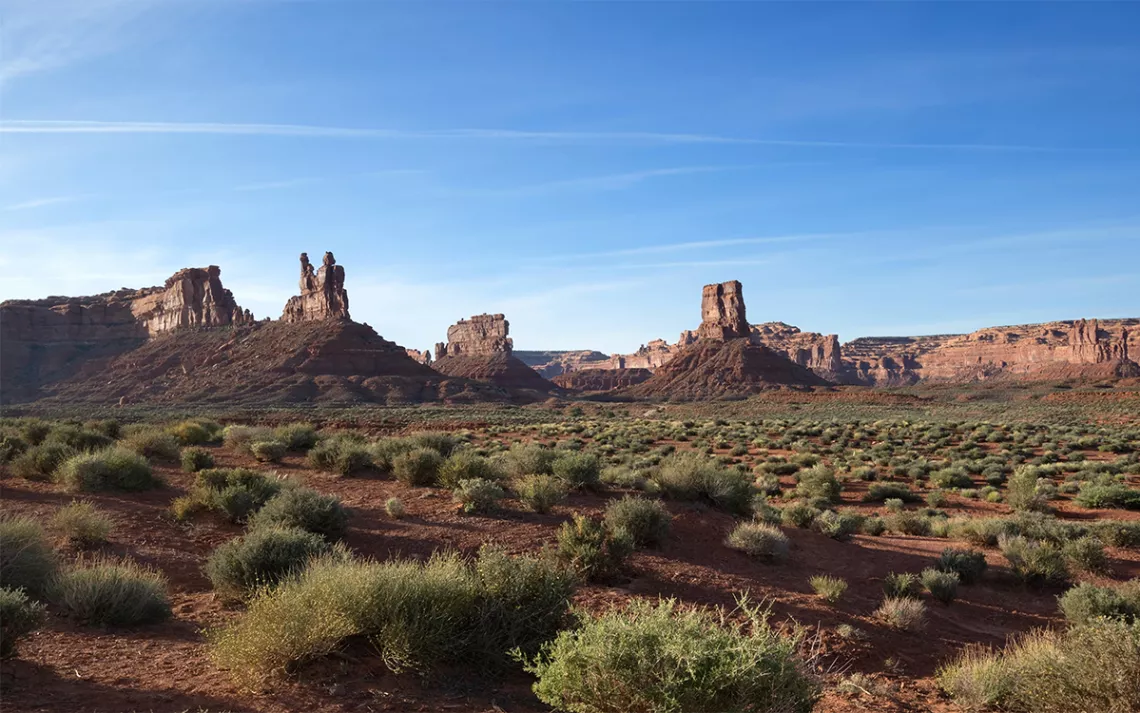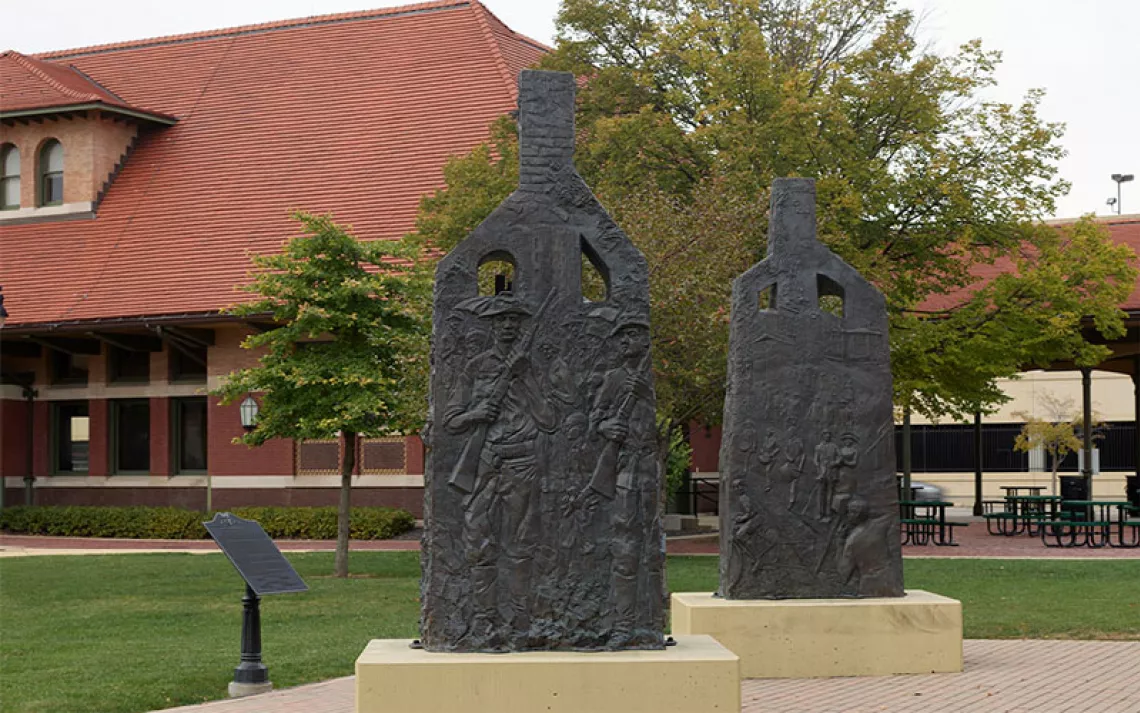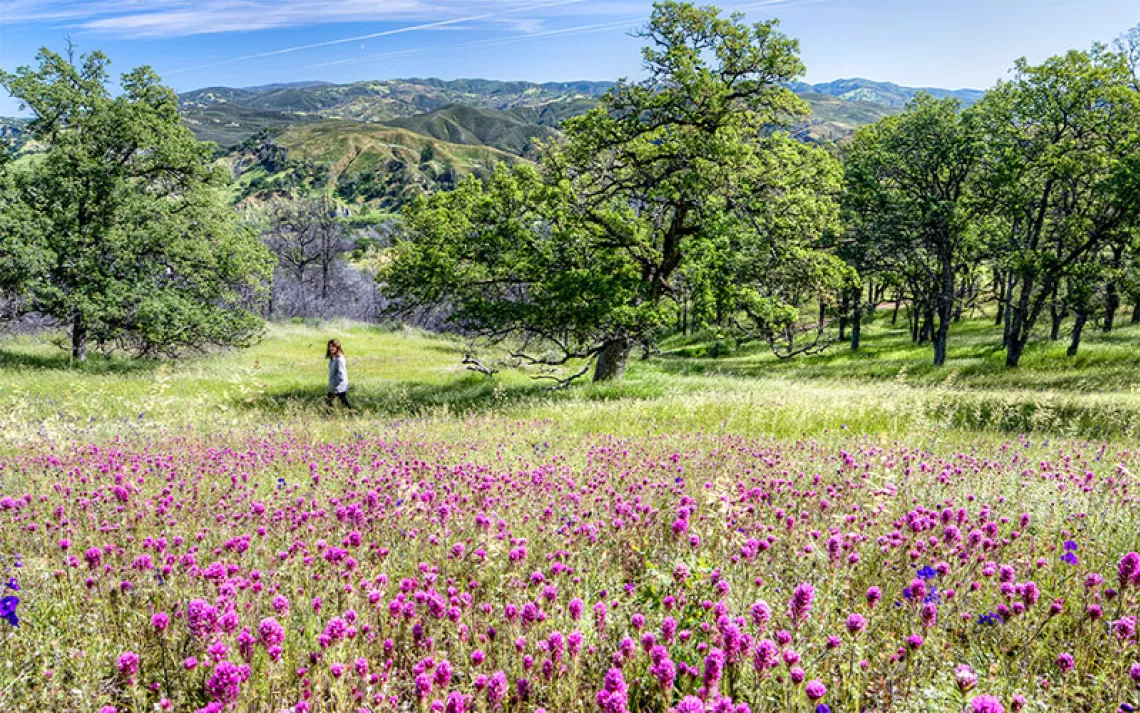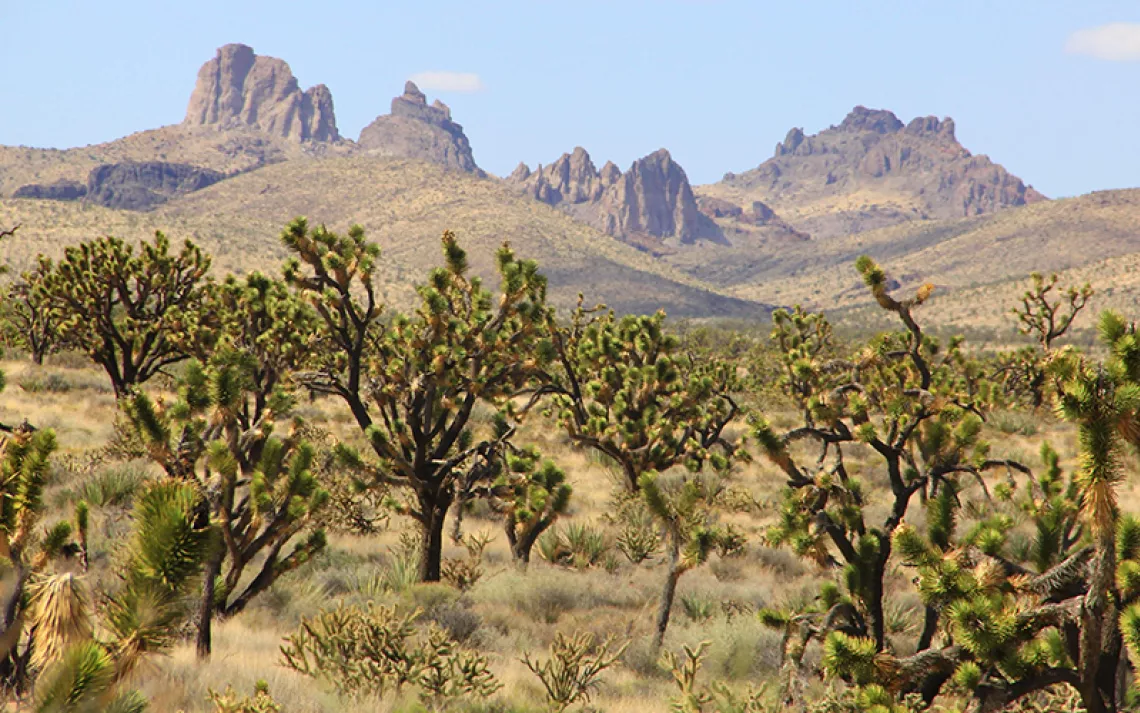Interior Secretary Zinke Says He Will Shrink Some National Monuments
Zinke confirms some monuments will suffer “boundary adjustments”

Photo by SumikoPhoto/iStock
Update: According to a Washington Post report that cites unnamed administration officials, Secretary Zinke's final recommendations urge the president to reduce the size of Bears Ears National Monument, Grand Staircase-Escalante National Monument, and Cascade-Siskiyou National Monument. Zinke's recommendations still have not been made public.
This morning, Interior Secretary Ryan Zinke confirmed that he is recommending to the White House that President Donald Trump downsize some national monuments.
For months, conservation groups, backcountry hunters and anglers, and community leaders in towns adjacent to national monuments have been anxious about Zinke’s unprecedented review of national monuments created during the Clinton, George W. Bush, and Obama administrations. While Zinke has not yet made his decisions public, in an interview with the Associated Press the Interior secretary said that he has passed his recommendations to the White House and is calling for unspecified boundary adjustments to what he described as a “handful” of national monuments.
Conservation organizations and some Native American groups quickly expressed outrage at the prospect that the Trump administration will attempt to shrink some national monuments, and once again complained that Zinke’s review process hasn’t been transparent and inclusive of all points of view.
“Secretary Zinke did not meet the requirements laid out in President Trump's executive order, which directed him to meet with state, local, and tribal governments. He did not meet with any tribal presidents or chairmen, nor did he meet with any local tribal officials,” Willie Grayeyes, chairperson of Utah Diné Bikéya, a coalition of native nations advocating for Bears Ears National Monument in Utah, wrote in a letter sent Wednesday to administration officials.
“Any recommendation from Secretary Zinke to shrink national monuments is hypocritical at best and ruinous at worst,” Sierra Club executive director Michael Brune said in a statement issued this morning after the AP report was posted. “Secretary Zinke claims to support public lands, but now we know he’s just one more Trump administration stooge for polluting special interests.”
Zinke’s review has encompassed 27 national monuments, both on land and in the oceans, established in the last 20 years. Public lands advocates say they are especially worried about the fate of a half dozen monuments that—according to rumors circulating among staffers at the land management agencies—Zinke is especially focused on. The monuments most at risk of significant downsizing appear to be Bears Ears and Grand Staircase–Escalante in Utah; Mojave Trails and Giant Sequoia in California; Cascade-Siskiyou in Oregon; and Organ Mountains Desert Peaks.
Even as they await the final details of Zinke’s recommendations, national and regional conservation groups are preparing to file lawsuits to challenge the impending monument downsizings, which they say are unconstitutional. Legal scholars who have studied the Antiquities Act—the 1906 law that gives the president the authority to establish national monuments—are largely in agreement that the Trump administration will have a difficult time defending in court any substantial monument reductions.
“The argument that I have made is that Trump does not have the authority to change these things,” Mark Squillace, a professor at the University of Colorado School of Law who has written about the Antiquities Act, told Sierra. “The Antiquities Act is a delegation of power from Congress to the presidency. . . . Under the Antiquities Act, they [Congress] gave the president power to protect lands under the law. It doesn’t say anything about reducing or revoking monument designations.”
Squillace said it is likely that lawsuits challenging any monument reductions will be filed in the U.S. federal district courts where the monuments are located, and that—no matter what the district courts first rule—appeals are likely. “So we are in for a couple of years of litigation over these things, and there is a chance that it could end up at the Supreme Court as well.”
While conservationists express cautious optimism that they will eventually prevail in court—as well as in the court of public opinion, since an estimated 99 percent of the 2.8 million public comments received during Zinke’s review expressed support for maintaining the national monuments as is—they are frustrated at how the Trump-Zinke assault on monuments has distracted from the long-term goals of protecting additional lands and ecologically restoring landscapes that have long enjoyed legal protections.
“We shouldn’t have to go back and defend places that we have already began to count on for the future,” said Mehmet McMillan, founder of a California group called Wild Places that works in and around Giant Sequoia National Monument. “This has taken our time and our energy and our money from the work that we are supposed to be doing.”
Asked what his group will do should Zinke recommend downsizing the California monument that is home to half of all the giant sequoia trees on the planet, McMillan said, “We have to occupy those spaces, and I use that word carefully, in the ways that we always have. And that’s not tripods and street blockades. That’s kids in the woods planting trees—that’s direct action.”
 The Magazine of The Sierra Club
The Magazine of The Sierra Club



